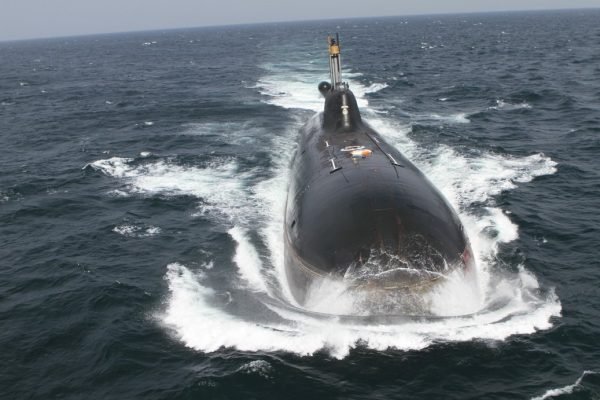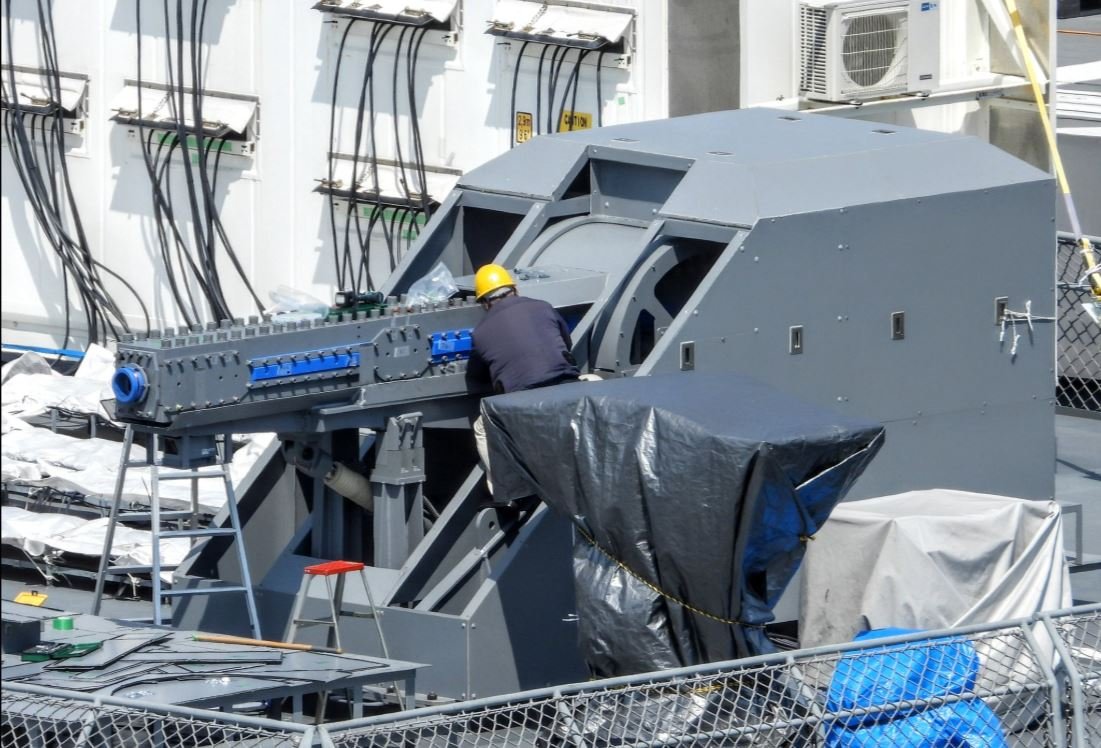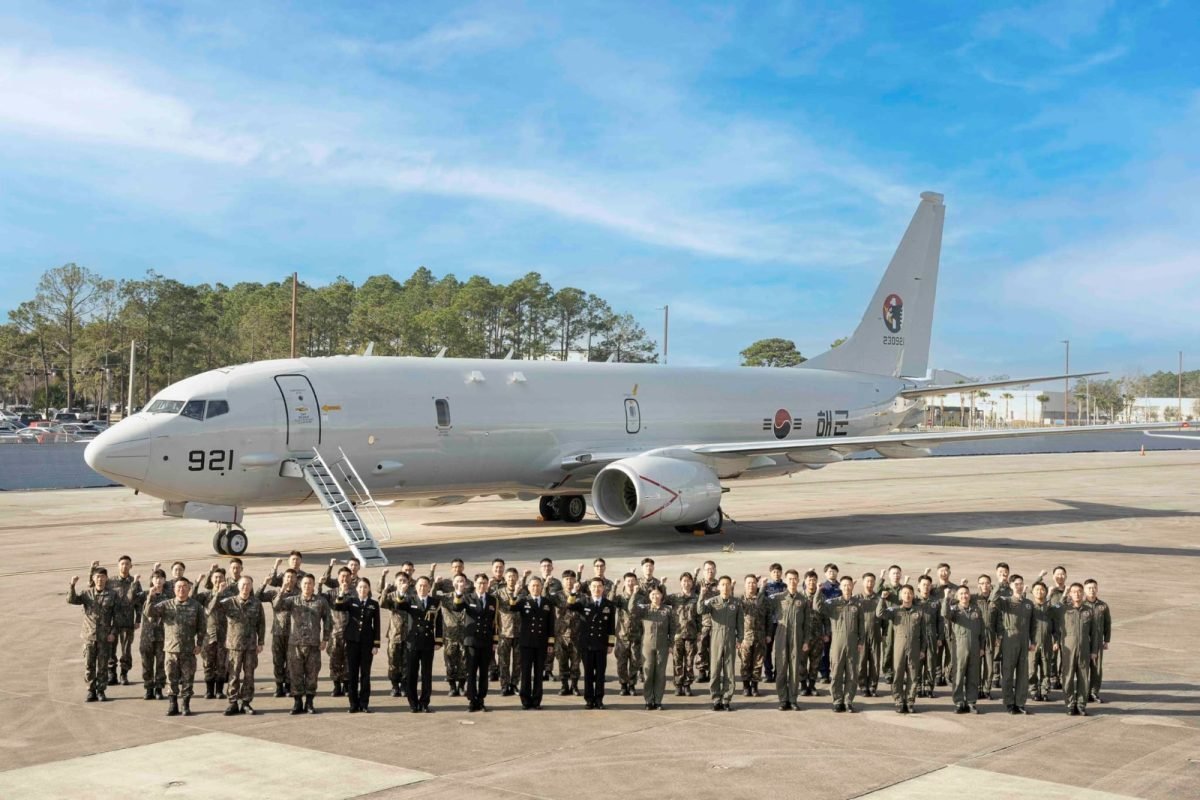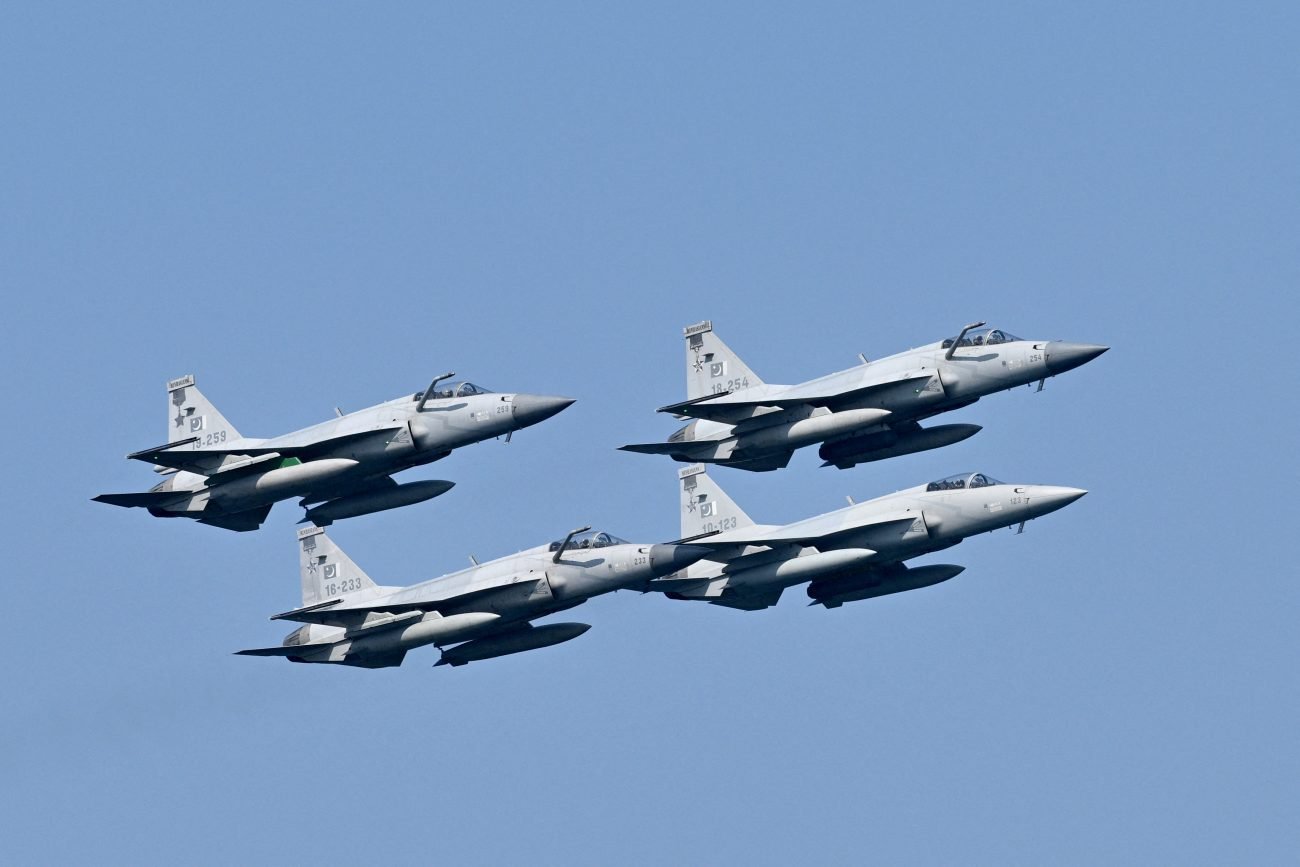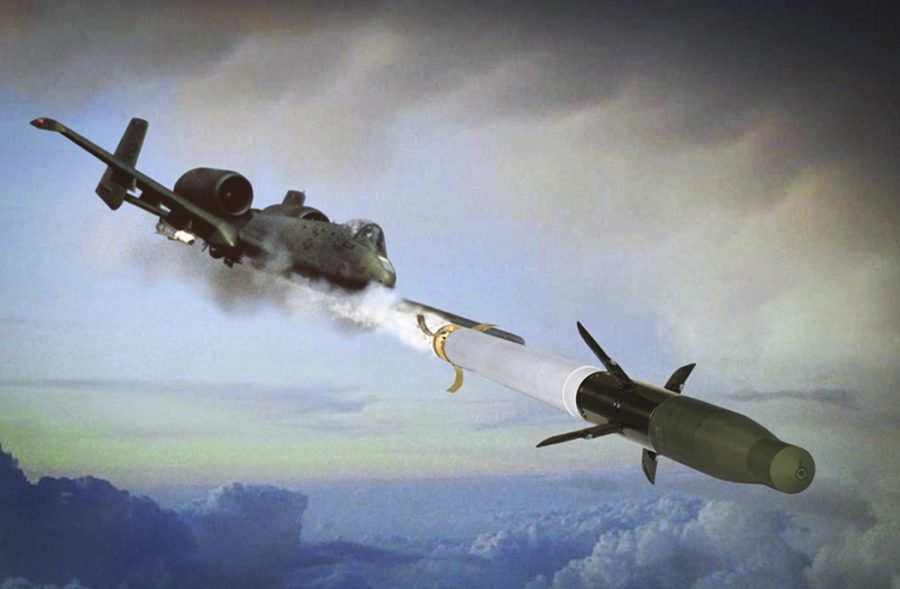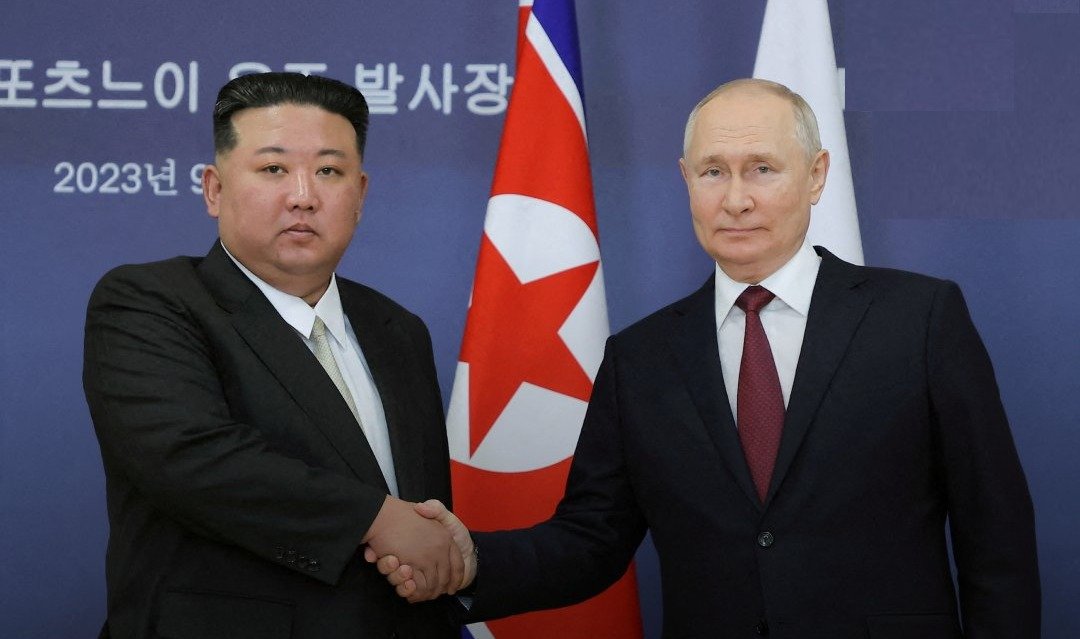Amidst de-escalation with China and a diplomatic spat with Canada, India has quietly launched its fourth indigenously built nuclear-powered ballistic missile (SSBN) submarine. The newly launched SSBN is code-named S-4* and can launch nuclear-tipped missiles.
India launched its first indigenous SSBN in 2009 and commissioned it in 2016. This year, the Indian Navy inducted its second SSBN, INS Arighaat, on August 29, 2024. The third submarine, INS Aridaman, is expected to be commissioned in 2025.
The induction of INS Aridaman will mean that India’s second-strike nuclear capability will be fully operationalized by next year. INS Aridaman (Destroyer of Enemy) is equipped with K-4 submarine-launched missiles that can travel 3,500 kilometers.
INS Arihant and INS Aridaman are armed with K-15 missiles with a range of 750 kilometers, limiting their strike capability. Even in a conflict with Pakistan, these missiles would only have targets within its range in the south of the country.
These are the first indigenously developed short-range submarine-launched ballistic missiles (SLBMs).
According to a report by the Hindustan Times, the S-4* was launched by Defense Minister Rajnath Singh on October 16. The government has been tight-lipped about the launch and instead issued a release about the Defense Minister inaugurating the Very Low-Frequency Naval Station in the Damagundam forest area of Vikarabad district in Telangana for command, control, and communications with strategic assets of the Indian Navy.
In case of a nuclear conflict, the highest level of survivability lies with equipping nuclear-powered submarines with ballistic missiles with sufficient ranges. Since the submarine-launched ballistic missile first came into being, it has been considered the most survivable delivery system, as ocean depths remain opaque to a large extent.
The induction of S-4 will greatly boost India’s nuclear deterrence. The lack of at least three operational submarines means that the submarines are primarily in and out of the harbor without maintaining constant atomic deterrence.
A nuclear-powered attack submarine or SSBN guarantees survivability of nuclear retaliatory capability. With its long coastlines and peninsula, the SSBNs can remain hidden in ocean depths during the conflict to ensure the survival of second-strike capability.
For nuclear deterrence, one submarine always needs to be on patrol. If Arihant is in and out of the harbor, it is not exactly a deterrent. At least 3-4 SSBNs are needed—one can keep on patrol when one may be in port, one goes for patrol, and one comes back.
SSBNs considerably strengthen nuclear deterrence. As shown by the British Royal Navy, the UK’s Sea deterrence ( which maintains only the sea leg of nuclear deterrence) is now entering its 53rd year, making it the country’s longest-sustaining military operation.
India’s New Class Of Nuke-Attack Submarine
Only China has SSBNs in the Indian neighborhood. These have been deployed for “counter-piracy patrols” off the east coast of Africa. However, Chinese anti-submarine warfare is in a nascent stage.
There have been reports that the Pakistan Navy is exploring the option of having sea-based deterrence by equipping its under-construction Chinese Hangor-class submarines with nuclear-tipped missiles.
Reports indicate that the Hangor class submarine might not be a purely conventional attack submarine. Retired Pakistan Naval officers on the state-owned television network talked about Islamabad working towards an “assured” second-strike capability.
A report quoted Vice Admiral Ahmed Saeed and Rear Admiral Saleem Akhtar, both retired Pakistan Navy officials, discussing China’s acquisition of Hangor-class submarines.
Vice Admiral Saeed indicated the submarines will be a “hybrid” piece in Pakistan’s broader deterrence posture. While retrofitting the Hangor class submarines with a nuclear reactor is implausible, the Pakistan Navy can deploy Tactical Nuclear Warheads (TNWs) on the subsurface vessels.
A potential framework for a dedicated sea-based nuclear capability for Pakistan does not require a large number of units. Only two boats can be sufficient for the Pakistan Navy.
These developments muddy the Indian Navy’s undersea waters. Hence, the Indian Navy is now favoring building its submarine capability. In October 2024, the Indian Government gave the green light to construct the country’s first nuclear-powered attack submarine (SSN).
Nuclear-powered submarines are so critical for the Indian Navy to match the growing power of the Chinese Navy that the former has reportedly put on hold its project to build a 65,000-ton Indigenous Aircraft Carrier (IAC)-2 in favor of the SSN project.
The new class of SSBNs (S-4 and S-4*) that India is building draws from the expertise gathered in constructing from INS Arihant and INS Aridaman (Advanced Technology Vessels).
The satellite imagery of S-4 that surfaced in 2021 confirmed that at 7,000 tonnes, the S4 SSBN was ‘slightly larger,’ with a load water line measurement of 125.4m compared with 111.6m of the 6,000-tonne INS Arihant, the lead boat in this class. The S4 – and successive boats – are categorized as ‘Arihant-stretch’ variants.
The first indigenous submarine, INS Arihant, is a 6,000-ton ship powered by an 83 MW pressurized light water reactor (PWR) fuelled with enriched Uranium. It is 110 meters long with an 11-meter-wide beam and can travel up to 24 knots underwater.
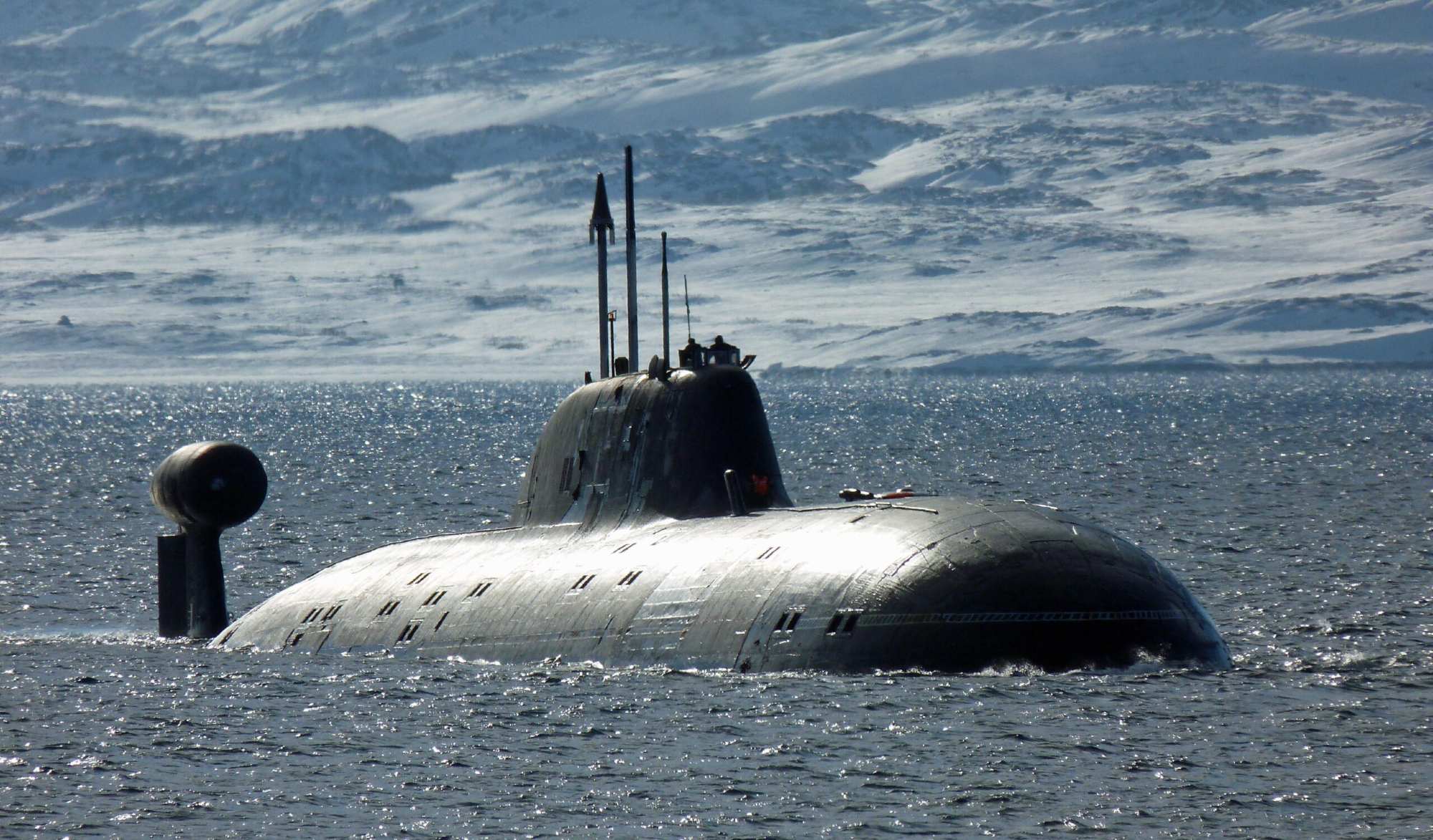
The Quest For The Sea Leg Of Nuclear Deterrence
In 2009, after attending the launch of INS Arihant, the author spoke to Vice Admiral (retired) Mihir K. Roy, the first head of the ATV project, which was launched in 1984. He steered the project for the first four years. The naval veteran was hopeful that the successive submarines would take less time.
INS Arihant has been the result of collaboration between India and Russia. Vice Admiral Roy was involved in all the back-room negotiations with the then-Soviet Union, which assisted in the project.
The disintegration of the Soviet Union in 1991 delayed the ATV project, under which India aimed to initially design and construct three nuclear-powered combat submarines within the country.
“We were going fast (on the project). But there was a long delay. Then the USSR fell and there were tremendous social, political, and technological changes in the country. All contracts (on the ATV project) were changed,” Roy said.
“In 2004, Russia stabilized, and we signed fresh contracts in dollars. Money was a problem for them because they (Russians) were short of dollars,” he added.
In 1981, the Soviet Union offered to help design and construct a nuclear submarine. In 1988, it also leased INS Chakra submarine for five years to enable the Indian Navy, its first batch of officers and sailors, to operate such vessels.
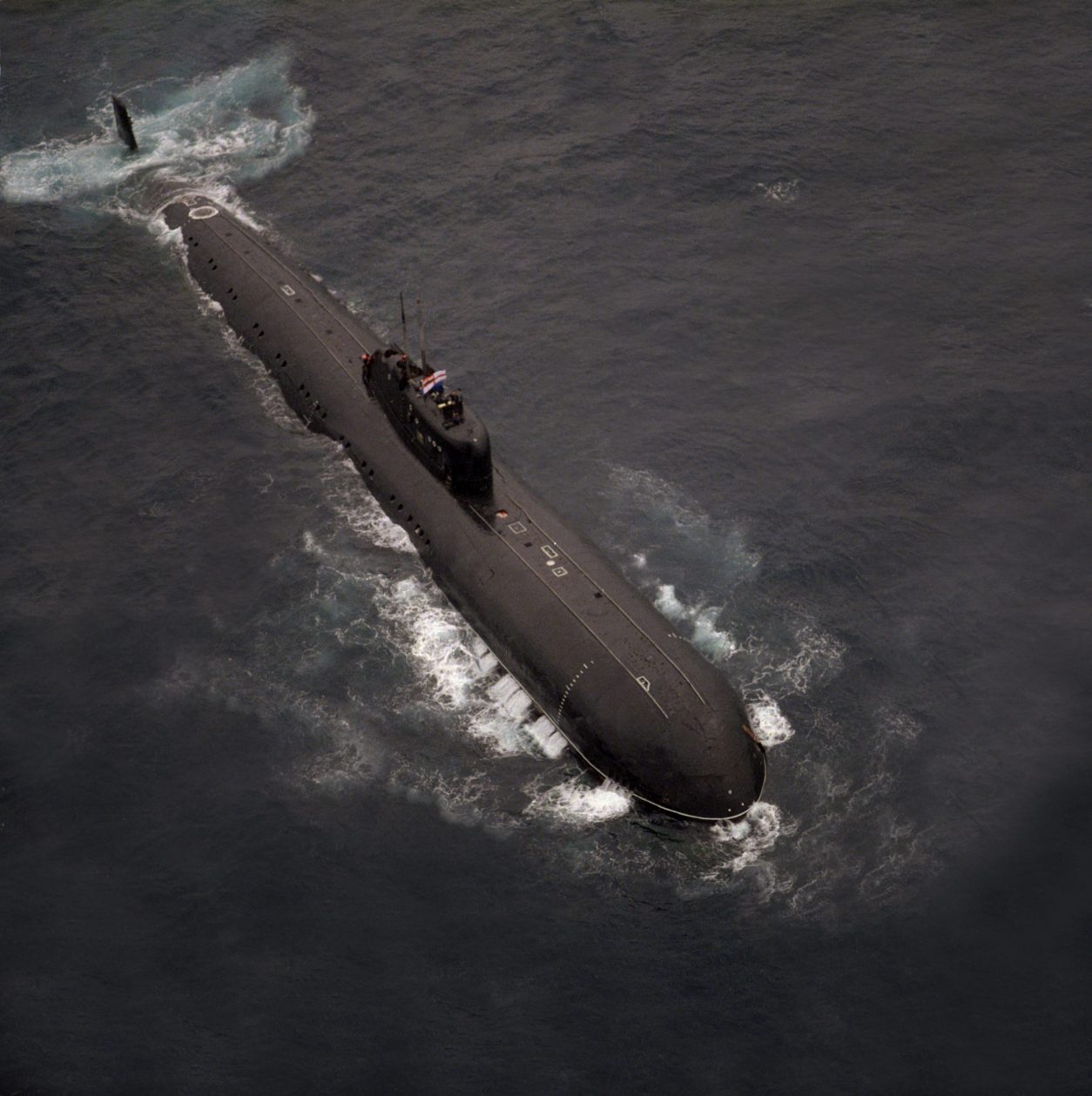
The first steel for the INS Arihant was cut in 1998. The ATV project was made successful by the close partnership of the Defence Research and Development Organisation (DRDO), the Department of Atomic Energy (DAE), and other public and private sector undertakings.
The project was conceptualized around the same time as those to produce an indigenous light combat aircraft (LCA) and a main battle tank MBT). Both these projects have suffered heavy cost and time overruns, making the launch of INS Arihant a “historic milestone” for the Indian Navy.
“I said that I wanted to report directly to the defense minister, with no interference from secretaries and bureaucrats. It worked. Decisions were made across the table,” said Roy, a submariner and former chief of the Eastern Naval Command.
Extra security precautions had to be taken to keep the project a secret and prevent triggering an arms race on the subcontinent.

“We did not even have a nameplate (outside the office). Nobody in my family, not even my wife, was aware of what I was doing. On July 26 (when INS Arihant was launched), my grandchildren said: ‘You never told us!’ ” Roy said.
“I got the dry docks (at the Visakhapatnam Ship Building Centre) covered; otherwise, satellites would have spotted the vessel and taken pictures,” Roy reminisced, adding: “I also got the dry docks lengthened.”
